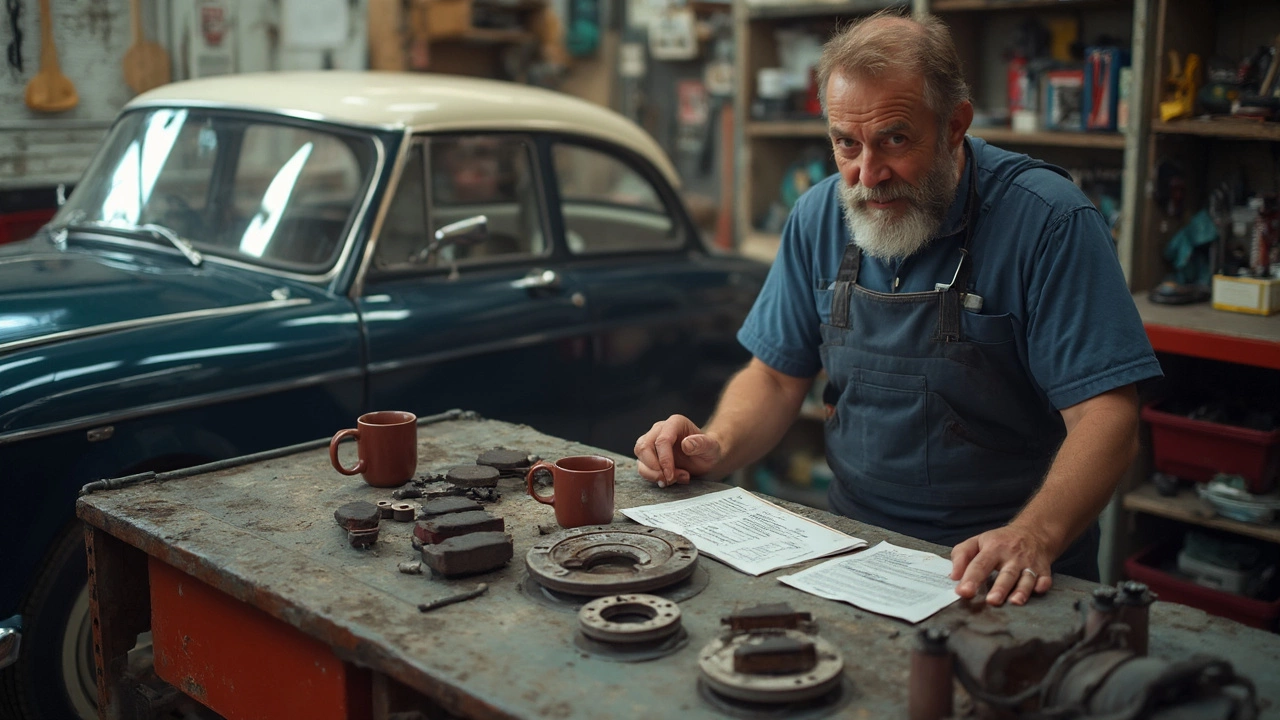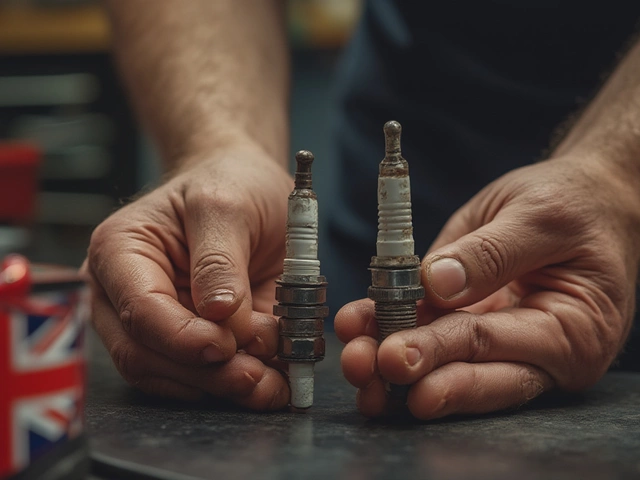Brake Maintenance: Simple Tips to Keep Your Car Stopping Safely
If your brakes feel spongy, squeak, or you need to press the pedal harder than usual, it’s time to look at them. Ignoring brake wear puts you and other drivers at risk, and fixing a problem early can save you money. Below are easy steps you can take right now to check and maintain your brakes.
When to Check Your Brakes
Most experts suggest a brake inspection at least once a year or every 12,000 miles, whichever comes first. However, real‑world driving often forces you to check sooner. Pay attention to these signs: a high‑pitched squeal (often a wear indicator), a deep grinding noise (metal on metal), a vibrating pedal, or a longer stopping distance. If any of these appear, schedule a check right away.
One common question is whether you can replace only the rear brake pads. The short answer is yes, you can, but only if the front pads are still within safe limits. Rear pads usually wear slower because the front does most of the stopping work. Still, it’s a good habit to inspect both sides together, especially if you hear uneven noises.
DIY Checks and When to Call a Pro
Before you lift the car, do a visual inspection. Look through the wheel spokes and see if the pad material is thinner than 3 mm. If you can see the metal backing, replace them. Next, check the brake fluid level in the master cylinder – it should sit between the “MIN” and “MAX” marks. Low fluid can mean a leak or worn pads.
If you feel comfortable, you can also test the brake pedal feel. With the engine off, press the pedal firmly; it should feel solid, not soft. A soft pedal often means air in the lines or a leak. These issues usually need a professional’s tools, so it’s best to book a service if you notice this.
When you decide to bring the car to a garage, ask the technician to show you the worn parts. Seeing the pads, rotors, and calipers helps you understand future maintenance costs. A typical brake pad replacement at a local centre like Northwich Tyres Centre runs between £80‑£150 per axle, depending on the make and whether rotors need resurfacing.
Don’t forget the brake rotors. If they are scored, warped, or thinner than the manufacturer’s minimum, they should be turned or replaced. Worn rotors can cause vibration and reduce braking efficiency. A quick spin test – lift the front wheels and spin them – can reveal wobble; any thumping is a red flag.
Finally, keep your driving style in mind. Hard stops, frequent city driving, and carrying heavy loads all speed up brake wear. Lightening the load, coasting to a stop, and avoiding emergency brakes when possible will extend the life of your braking system.
Bottom line: regular visual checks, listening for odd noises, and paying attention to pedal feel are all you need to catch most brake problems early. If anything feels off, don’t wait – book an appointment and stay safe on the road.
 6 May 2025
6 May 2025
Brake Pads: Is It OK to Change Only the Pads?
Changing just the brake pads can sound like an easy and cheap fix, but is it actually a smart move for your car’s safety and performance? This article explains when it’s okay to swap out only the pads and when you should really be thinking about those rotors too. We’ll talk about wear-and-tear signs, the role of smooth braking, and how skipping full maintenance could actually cost you more. From quick tips to real-world examples, you’ll get straight answers on keeping your brakes in top shape. Make smarter choices for safe stopping power and avoid rookie mistakes.
Latest Posts
-

Spark Plug Lifespan: How Long Do Spark Plugs Really Last in Your Car?
-

Understanding Oil Color on a Dipstick: What to Know for Optimal Engine Health
-

Suspension Noise Types: Three Sounds That Signal Trouble
-

Top Pitfalls to Avoid When Buying Alloy Rims
-

Can You Drive With Bad Suspension? Risks, Signs, and What Happens Next

0